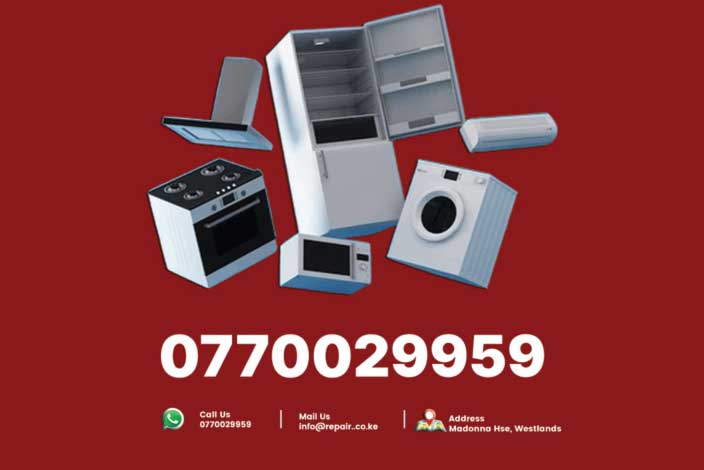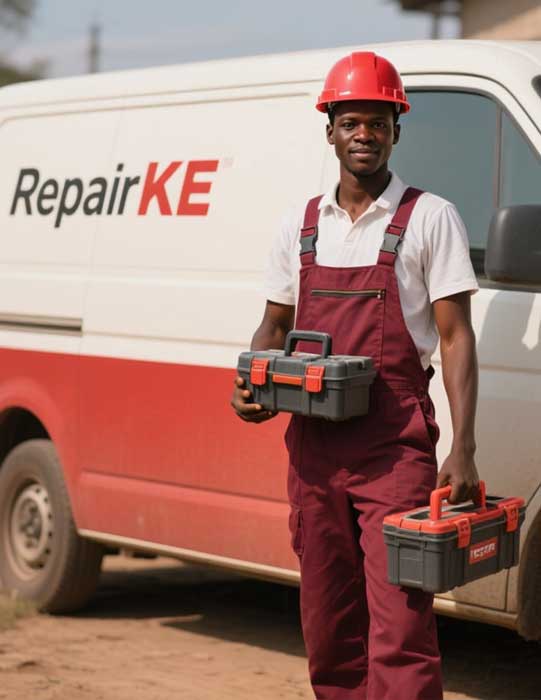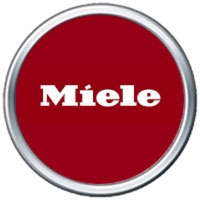Twin-tub washing machines, how they look & function
Twin-tub washing machines have two separate tubs. One tub washes clothes. The other tub spins them to remove water. These machines are simple and durable. They are popular in many homes, especially in Kenya. Repair.co.ke explains their design and how they work.
How They Look
Twin-tub washing machines are box-shaped. They are usually made of plastic or metal. The body is sturdy to handle vibrations. The machine has two compartments side by side. Each compartment has a lid on top. The lids are often plastic and transparent. This lets users see the clothes inside.
The washing tub is on one side. It is deep and wide to hold water and clothes. The spin tub is on the other side. It is smaller and has a perforated drum inside. The drum spins to remove water from clothes. Both tubs have drainage hoses at the bottom. These hoses release dirty water.
The control panel is simple. It sits on top of the machine or at the front. It has knobs or buttons. These control washing time, spin time, and water flow. Some models have a water inlet pipe. This connects to a tap for filling the washing tub. The machine stands on four legs or wheels. Wheels make it easy to move.
Most twin-tub machines are white or grey. Some have colorful details, like blue or red lids. They are compact, fitting in small spaces. A typical machine is about 80 cm tall, 70–90 cm wide, and 40–50 cm deep. They weigh around 20–30 kg, depending on the model.
How They Function
Twin-tub washing machines work in two stages: washing and spinning. Users operate them manually. This means moving clothes from one tub to the other.
Washing Stage
The washing tub cleans the clothes. Users fill it with water. They can use a hose or pour water with a bucket. The water level depends on the load size. Most machines have a mark inside the tub to show the maximum water level.
Users add detergent to the water. They place clothes in the tub. The washing tub has a pulsator at the bottom. The pulsator is a rotating disc. It moves water and clothes in a swirling motion. This action removes dirt from the clothes. The pulsator is powered by an electric motor.
Users set the washing time with a knob. Most machines offer 5–15 minutes of washing. Some models have settings for gentle or heavy wash. Gentle is for delicate clothes like silk. Heavy is for tough fabrics like jeans. After setting the time, the machine starts. The pulsator spins, and water moves through the clothes.
When washing is done, the machine stops. Users drain the dirty water using the drainage hose. Some models have a pump to push water out. Others rely on gravity. Users can rinse clothes by adding clean water and running the machine again. This may happen 1–2 times to remove all detergent.
Spinning Stage
After washing, users move wet clothes to the spin tub. The spin tub has a perforated drum. This drum spins at high speed. The speed is usually 1,000–1,400 RPM (rotations per minute). Centrifugal force pushes water out through the holes in the drum. This dries the clothes partly.
Users place clothes evenly in the drum. Uneven clothes cause the machine to shake. A safety cover or lid locks the drum during spinning. Users set the spin time, usually 1–5 minutes. The spin motor starts, and the drum rotates quickly. Water drains out through a hose at the bottom.
Some models have a lint filter in the washing tub. This traps lint and small particles. Users clean the filter after each wash. This keeps the machine working well.
Advantages of Twin-Tub Machines
Twin-tub machines are affordable. They cost less than automatic washing machines. They use less electricity. Users control water usage, which saves water. The machines are easy to repair. Parts like motors and pulsators are simple to replace. Repair.co.ke often fixes these machines for customers.
They handle small and large loads. Users can wash heavy items like blankets. The separate tubs allow washing and spinning at the same time for different loads. This saves time.
Challenges of Twin-Tub Machines
Twin-tub machines need manual work. Users move clothes between tubs. They also fill and drain water themselves. This takes effort. The machines can vibrate a lot during spinning. Users must balance clothes in the spin tub to avoid this.
The machines are not fully automatic. They need attention during washing and spinning. Some models are noisy. The plastic parts may wear out over time. Regular maintenance helps avoid breakdowns. Repair.co.ke recommends cleaning the tubs and checking hoses often.
Common Brands in Kenya
Popular twin-tub brands in Kenya include Ramtons, Von Hotpoint, and LG. These brands offer models with different capacities. Most machines hold 6–12 kg of clothes. Larger models suit big families. Smaller ones are good for small households.
Twin-tub washing machines are reliable. Their simple design makes them last long. They are a good choice for many Kenyan homes. Repair.co.ke supports customers with repairs and maintenance tips for these machines.






